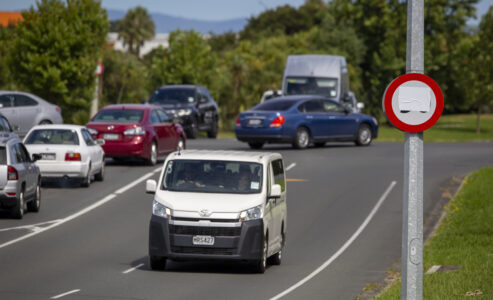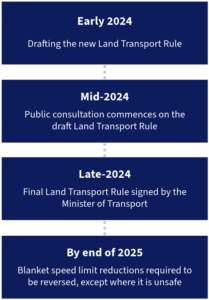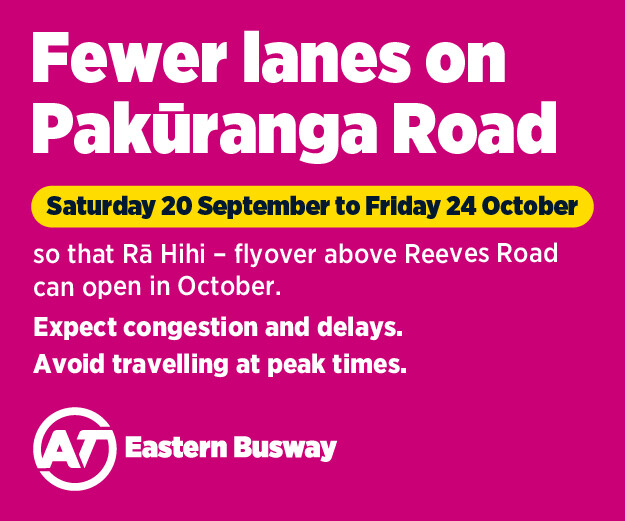
A new rule will reverse the previous Government’s blanket speed reductions imposed on motorists across New Zealand, Transport Minister Simeon Brown has confirmed.
Cabinet has agreed on the coalition Government’s direction of travel for a new Land Transport Rule to be signed by the end of 2024.
“The new rule will ensure that when speed limits are set, economic impacts – including travel times – and the views of road users and local communities are taken into account, alongside safety,” says Brown, who is also MP for Pakuranga.
“The previous Government’s untargeted approach resulted in blanket speed limit reductions across the country, rather than targeting high crash areas of the network. The new rule will lead to blanket speed limit reductions being reversed by the end of next year, except where it is unsafe.
“It is critical that we have the right settings in place to boost economic growth and improve road safety, enabling Kiwis to get to where they want to go, quickly and safely.”
He is working with the Minister for Regulation, David Seymour, to ensure that the rule removes “nanny state regulations aimed at slowing Kiwis down and focuses on practical, targeted safety measures”.
“Setting lower speed limits without taking into account how it would affect travel times and economic activity was irrational. The Coalition Government is committed to making principled and rational policy decisions, including doing cost-benefit analysis where appropriate,” Seymour says.
As part of the National-ACT coalition agreement, the new rule will require variable speed limits around schools during pick-up and drop-off times and enable 110km/h speed limits on new and existing Roads of National Significance.
“Implementing variable speed limits on roads approaching schools during pick-up and drop-off times, rather than permanent reductions, will keep young New Zealanders safe when they are arriving at or leaving school. Similar approaches are used in parts of the United Kingdom, Australia, the United States and other countries to prioritise safety,” Brown says.
“In setting the direction for the new rule, the Government has found a pragmatic way to get Kiwis moving faster while ensuring that safety interventions are targeted and fit for purpose. It makes no sense to have roads that can safely accommodate higher speed limits, only to require motorists to drive more slowly.
“The coalition Government recognises that Roads of National Significance improve safety. That is why we will enable new expressways to have 110km/h speed limits from the day they open.
“Later this year, we will also publish new objectives for road safety which focus on safer roads, safer drivers and safer vehicles. This will target the highest contributing factors in fatal road crashes, particularly alcohol and drugs.”
The new Land Transport Rule is currently being developed and will go out for public consultation in the coming months. Following this, the rule will be signed by the Minister of Transport before the end of this year.
The new rule will require speed limits that have been reduced in urban areas to be reversed, except where the reduced speed limits are:
- Approaching school gates during pick up and drop off hours;
- On main streets in town centres;
- On targeted areas where there is strong evidence to support the reduced speed.
Timeframes for the new rule:










